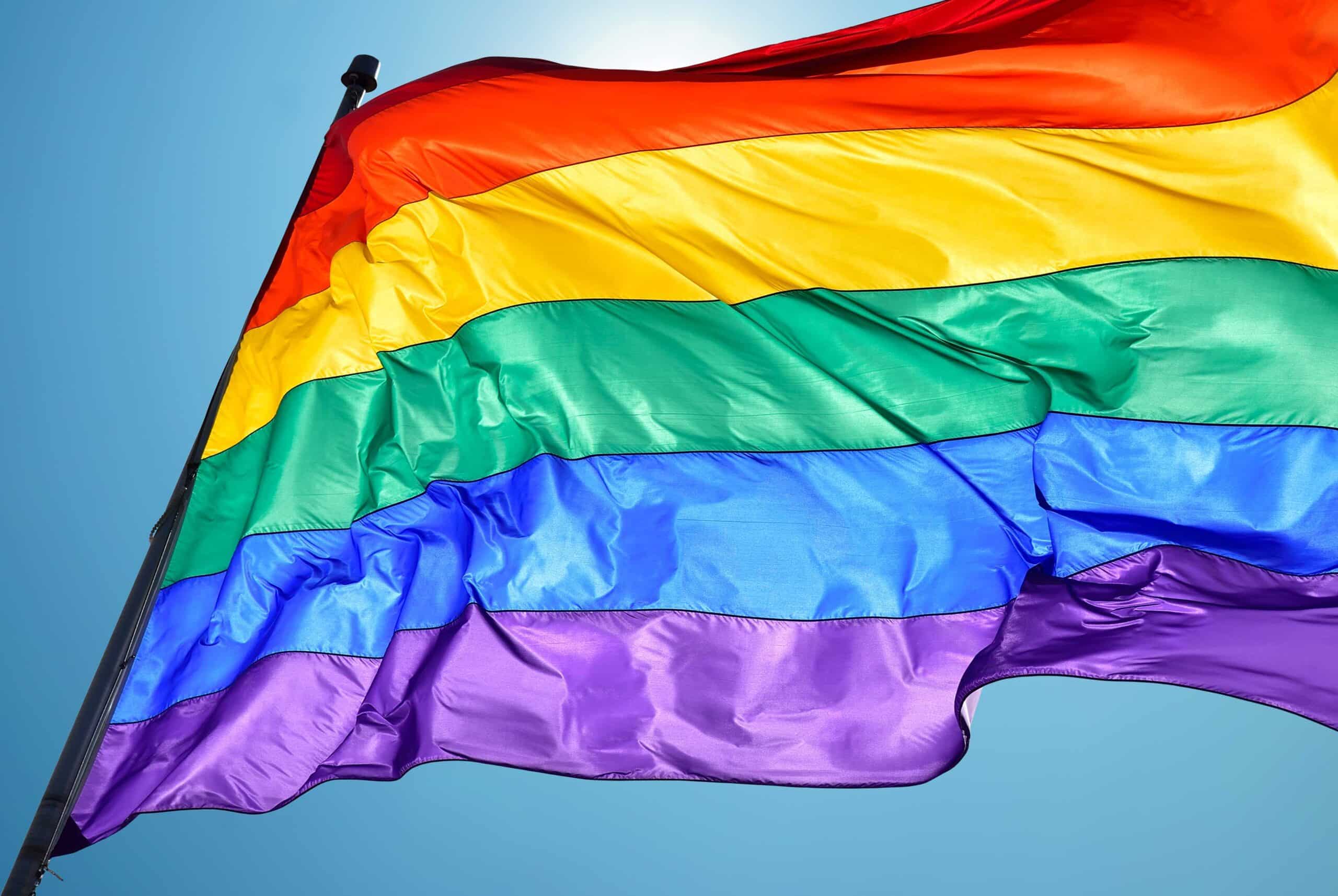Flags serve as important symbols. The U.S. flag is especially prominent, and it remains common for school children to salute this flag, which is sometimes displayed next to the state flag.
West Virginia State Board of Education v. Barnette (1943) has clearly established that school students cannot be forced to salute the flag against their convictions.
Court decisions, most notably in Texas v. Johnson (1989) and United States v. Eichman (1990), have affirmed the right of protestors to burn the flag in protest of governmental policies as an act of symbolic speech, with due regard for time, place, and manner restrictions. Tinker v. Des Moines Independent Community School District (1969) had previously extended some rights of symbolic speech to public school children.
Some flags, most notably a flag representing the Ku Klux Klan or the Confederate States of America, might represent or provoke violence, and many schools have banned such flags or other attempts at symbolic intimidation. In Melton v. Young (6th Cir. (1972), A federal court upheld a public-school ban on wearing Confederate flag clothing on the basis that it could be disruptive. Some schools have also banned symbols supporting the Black Lives Matter symbols on the basis that they might be too provocative (Pendharkar 2022). What about other flags or symbols?
More recently, some Tennessee legislators have introduced measures to ban the display of the Pride, or Rainbow, Flag. Although the symbol has symbolic roots that date back to the biblical book of Genesis (9:12-17) and beyond into the world of art and play (Rainbow Dash was a Pegasus pony portrayed with a rainbow tail), it has more recently become a symbol of LGBTQ rights. Although the flag is not, like some other symbols, associated with intimidation, it might well lead to provocative discussions about sexual identities, which some might consider to be inappropriate, especially for students in lower grades.
Gino Bulso, a Republican state representative from Brentwood, Tennessee, who sponsored a bill banning any flags on public or charter school properties, other than the U.S. or the state flag thus defended his proposal by saying that “A school should be a place where a child goes to learn, not a place where a child goes to be indoctrinated.” He further argued that the ban was further designed (perhaps like laws prohibiting or prescribing state-composed or state-mandated prayers) as a way to keep “authority figures from injecting into the classroom these political statements” (Shepherd 2023).
The American Civil Liberties Union has taken the position that banning the Pride Flag alone would be a form of viewpoint or content discrimination prohibited by such decision as United States v. Grace (1983) or Reed v. Town of Gilbert (2015). It is not clear, however, whether this would apply to a law that banned all flags other than the national and state flags, at least in school settings that involve more impressionable students in a mandated setting.
Much as there was once controversy over what constituted the burning of an American flag, there might be some interpretive difficulty in deciding on the meaning of the word “display.” Is, for example, a small image of a pride flag on a diversity inclusion statement that a teacher or counselor might display on a desk, a violation of the law?
If, as it appears, the legislation only bans actual flags, one might ask why a rainbow flag would be more provocative than the image of a pride flag emblazoned on a sweatshirt or jacket. Just as the law might be underinclusive, there is a chance that such a law might be overinclusive if it were to ban a teacher from displaying the flag of a country that was the subject of a history or geography class.
As in the case of other symbols that have been restricted, It seems likely that any legislation on the subject that is adopted will be subject to litigation, which would likely clarify such issues.
SEE ALSO
American Civil Liberties Union
FURTHER READING
ACLU. “Prohibitions on LGBTQ+ Rainbow Flags and Other Pride Displays.” February 6, 2023. https://www.aclu.org/documents/prohibitions-lgbtq-rainbow-flags-and-other-pride-displays
Eesha Pendharkar. “Price Flags and Black Lives Matter Signs in the Classroom: Supportive Symbols or Propaganda?” January 25, 2022. Education week. https://www.edweek.org/leadership/pride-flags-and-black-live-matters-signs-in-the-classroom-supportive-symbols-or-propaganda/2022/01
Tiah Shepherd. “Tennessee bill would ban pride flags from public, charter schools.” December 19, 2023. The Hill. https://thehill.com/homenews/state-watch/4368140-tennessee-bill-ban-pride-flags-from-public-charter-schools/
John R. Vile. “The American Flag: An Encyclopedia of the Stars and Stripes in U.S. History, Culture, and Law.” Santa Barbara, CA: ABC-CLIO, 2019.

